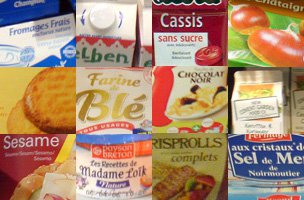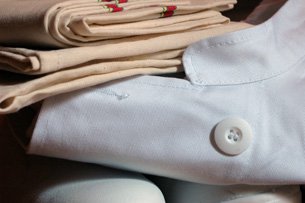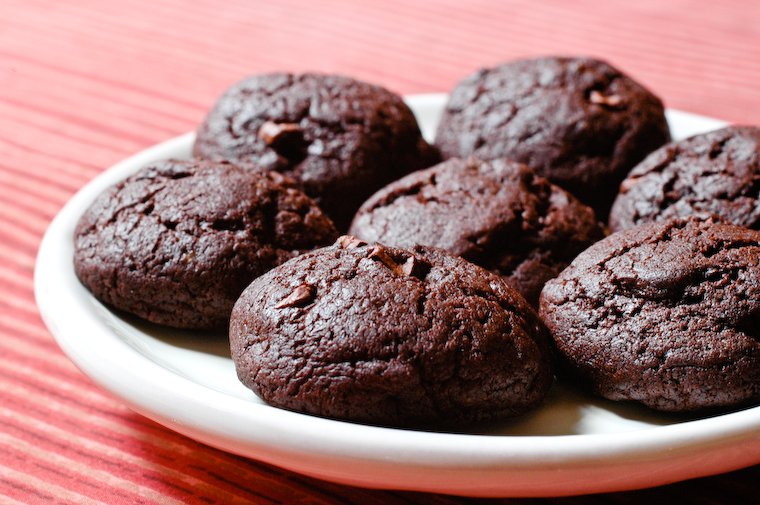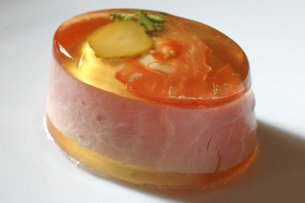
I don’t really mind waiting in line at the grocery store. Don’t get me wrong, I don’t choose the slowest cashier on purpose: that usually happens without any special effort on my part. But I do enjoy this idle time, during which I can study the latest chewing-gum innovations (they seem to come up with new ones every other week), mentally review my shopping list (and make the occasional frantic dash for that one capital item I forgot), and more importantly, peek into other people’s baskets and try to picture their life from the mundane little things they’re buying.
It was a particularly long wait the other day (someone hadn’t weighed his apples, or perhaps was applying for a membership card and wanting to hear all the details, I forget), so much so that I ran out of strangers’ baskets to study, and had no choice but to turn to mine. It dawned on me then that I hardly ever mention grocery store products here on C&Z. Suddenly all the little guys in my basket were staring at me with a sour look. “Yeah, why is that?”, they cried accusingly, “Why the injustice? Don’t we deserve a kind word once in a while? A bit of recognition for all the hard work? For heaven’s sake, is that too much to ask?”
A bit flustered, faintly worried that they might start a riot then and there, I had to promise I would write a post and turn the spotlight on those loyal supermarket favorites. That seemed to appease them, and we were able to proceed through the register without further grievance.
So. If you find yourself in line behind me one day and crane your neck, chances are my basket will contain:







